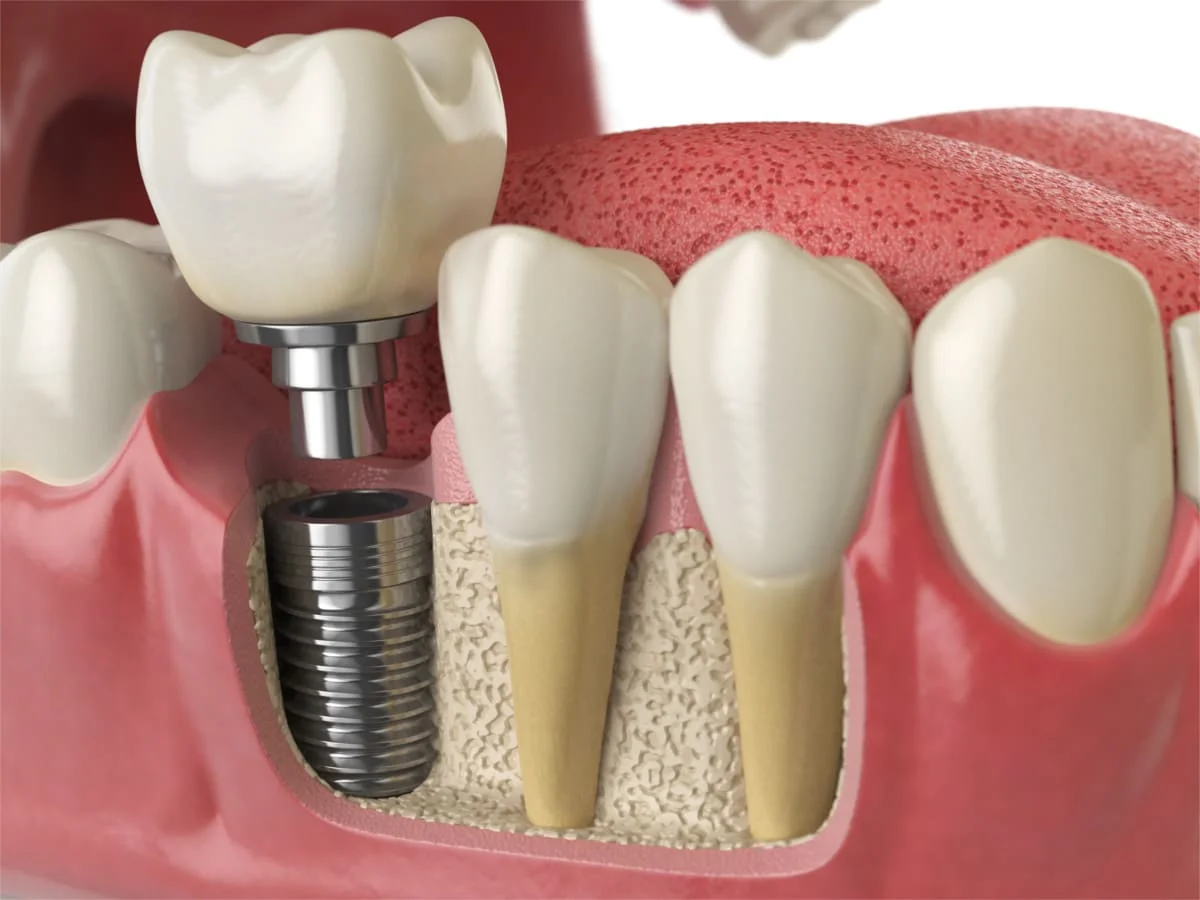
Home » Our Services » Oral Surgery » Dental Implants
Implants may be the best solution for people who are missing one or more natural teeth. Dental implants are now thought to be the most dependable, safest, and aesthetically beautiful method of replacing lost teeth. Patients in Miami can receive dental implants from our implant specialists. Our patients can feel comfortable and at ease throughout their whole treatment process because we have received significant training in anesthesia, oral and maxillofacial surgery, and the installation and upkeep of dental implants.

Right Care Dental combines our dental experience and modern techniques to ensure a comfortable dental experience for you. Our natural-looking and long-lasting dental implants help you regain confidence in your smile. Schedule an appointment at our Miami, FL clinic today. Call us at (786)-206-6021


Closed everyday for Lunch from
1PM – 2PM

At Right Care Dental we provide professional & caring dental treatments for our patients. By combining our dental experience & implementing modern dental techniques, we deliver proficient, cutting-edge, kindhearted services that keeps our patients smiles looking and feeling great.